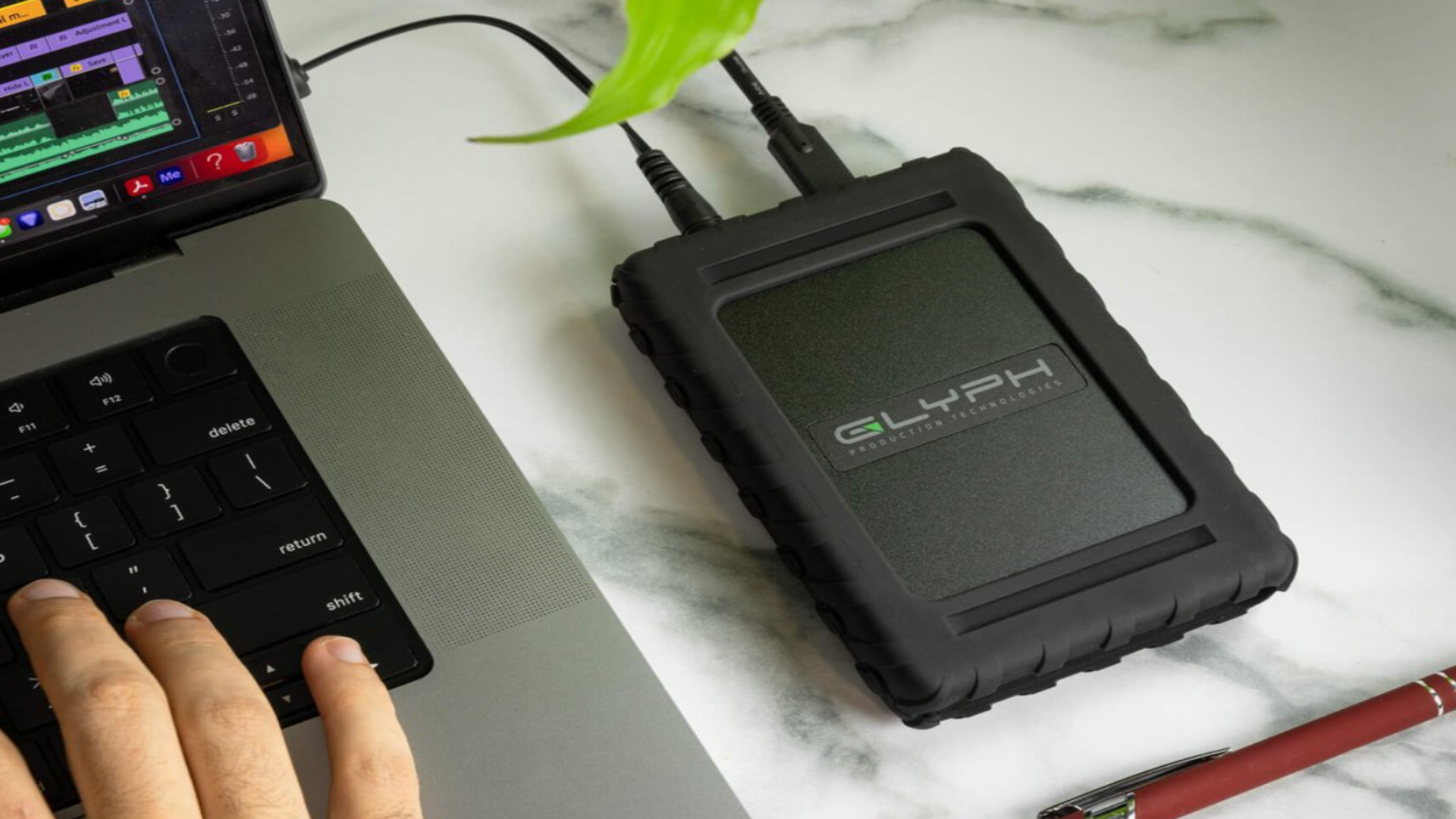Inside Starlink’s User Terminal
If you talk about Starlink, you are usually talking about the satellites that orbit the Earth carrying data to and from ground stations. Why not? Space is cool. But there’s …read more


If you talk about Starlink, you are usually talking about the satellites that orbit the Earth carrying data to and from ground stations. Why not? Space is cool. But there’s another important part of the system: the terminals themselves. Thanks to [DarkNavy], you don’t have to tear one open yourself to see what’s inside.
The terminal consists of two parts: the router and the antenna. In this context, antenna is somewhat of a misnomer, since it is really the RF transceiver and antenna all together. The post looks only at the “antenna” part of the terminal.
The unit is 100% full of printed circuit board with many RF chips and a custom ST Microelectronics Cortex A-53 quad-core CPU. There was a hack to gain root shell on the device. This led to SpaceX disabling the UART via a firmware update. However, there is still a way to break in.
[DarkNavy] wanted to look at the code, too, but there was no easy way to dump the flash memory. Desoldering the eMMC chip and reading it was, however, productive. The next step was to create a virtual environment to run the software under Qemu.
There were a few security questions raised. We wouldn’t call them red flags, per see, but maybe pink flags. For example, there are 41 trusted ssh keys placed in the device’s authorized_keys file. That seems like a lot for a production device on your network, but it isn’t any smoking gun.
We’ve watched the cat-and-mouse between Starlink and people hacking the receivers with interest.


















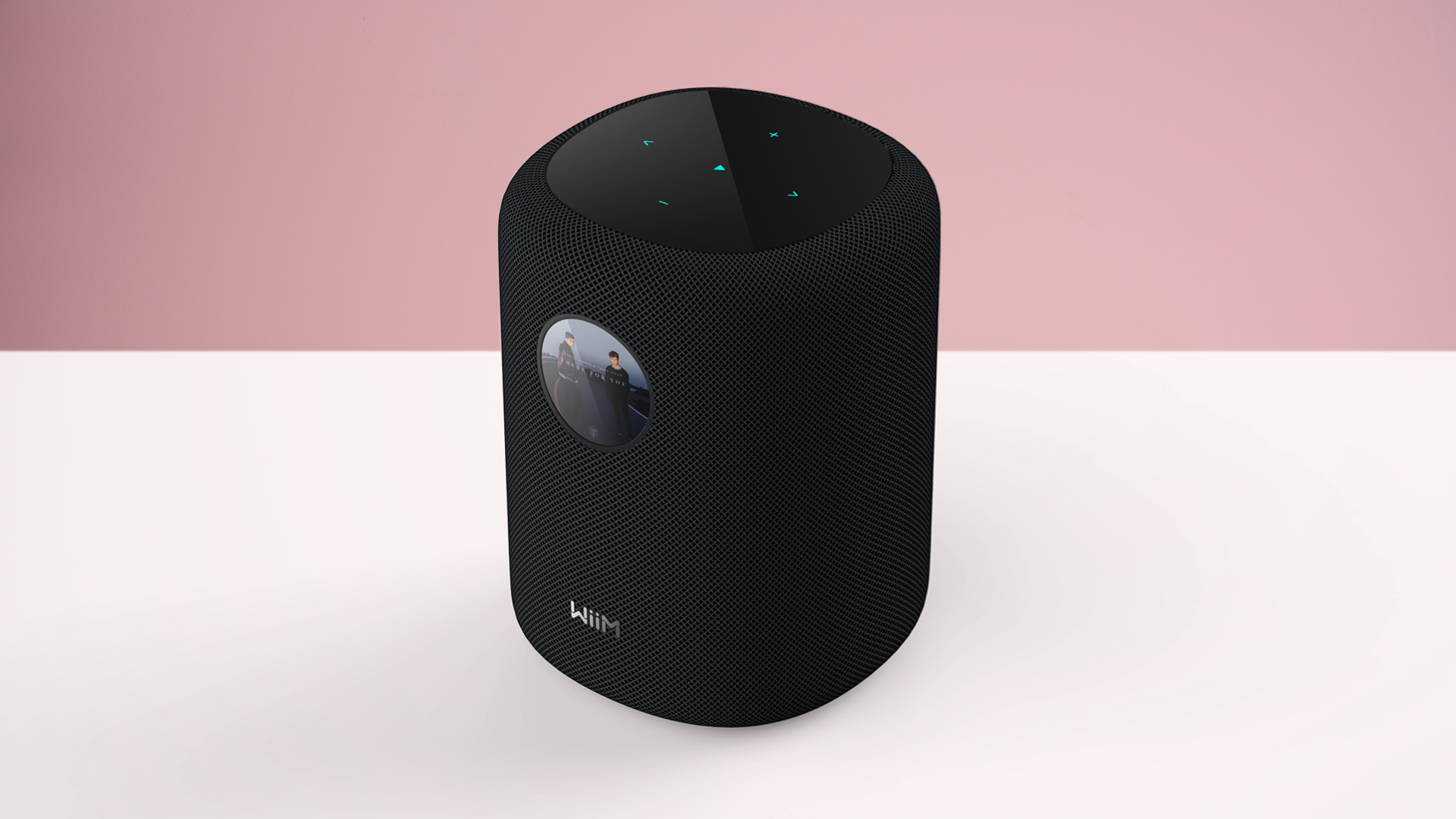

















































































































































![[The AI Show Episode 147]: OpenAI Abandons For-Profit Plan, AI College Cheating Epidemic, Apple Says AI Will Replace Search Engines & HubSpot’s AI-First Scorecard](https://www.marketingaiinstitute.com/hubfs/ep%20147%20cover.png)
































































































































































































![Legends Reborn tier list of best heroes for each class [May 2025]](https://media.pocketgamer.com/artwork/na-33360-1656320479/pg-magnum-quest-fi-1.jpeg?#)




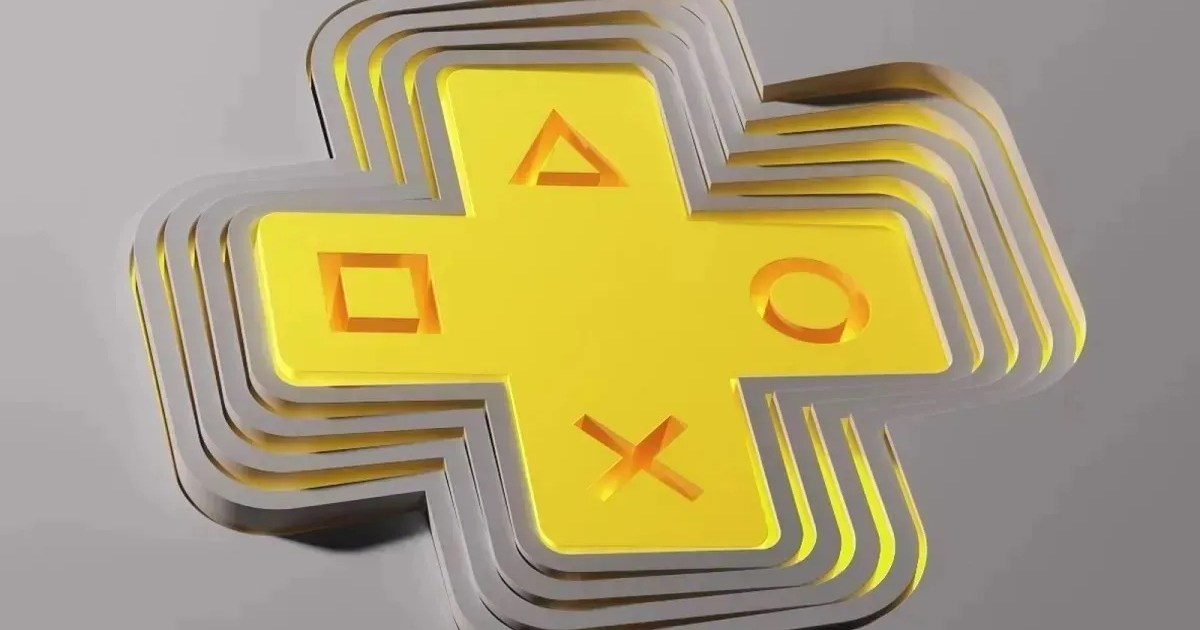





























































_KristofferTripplaar_Alamy_.jpg?width=1280&auto=webp&quality=80&disable=upscale#)






























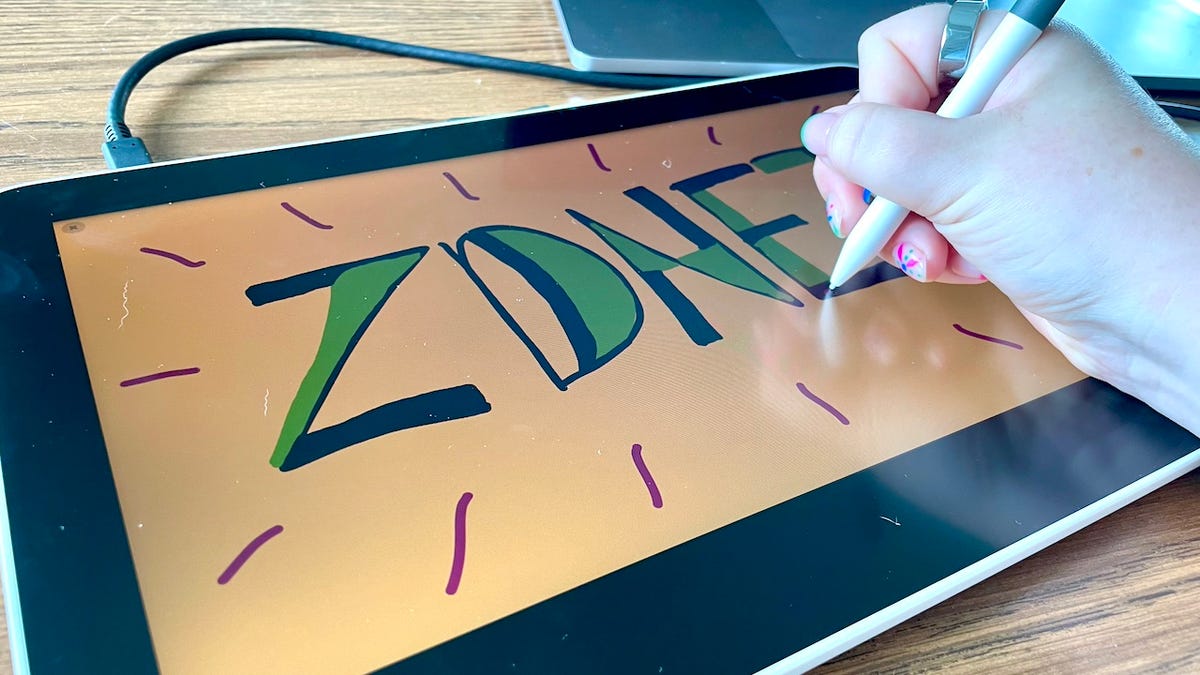












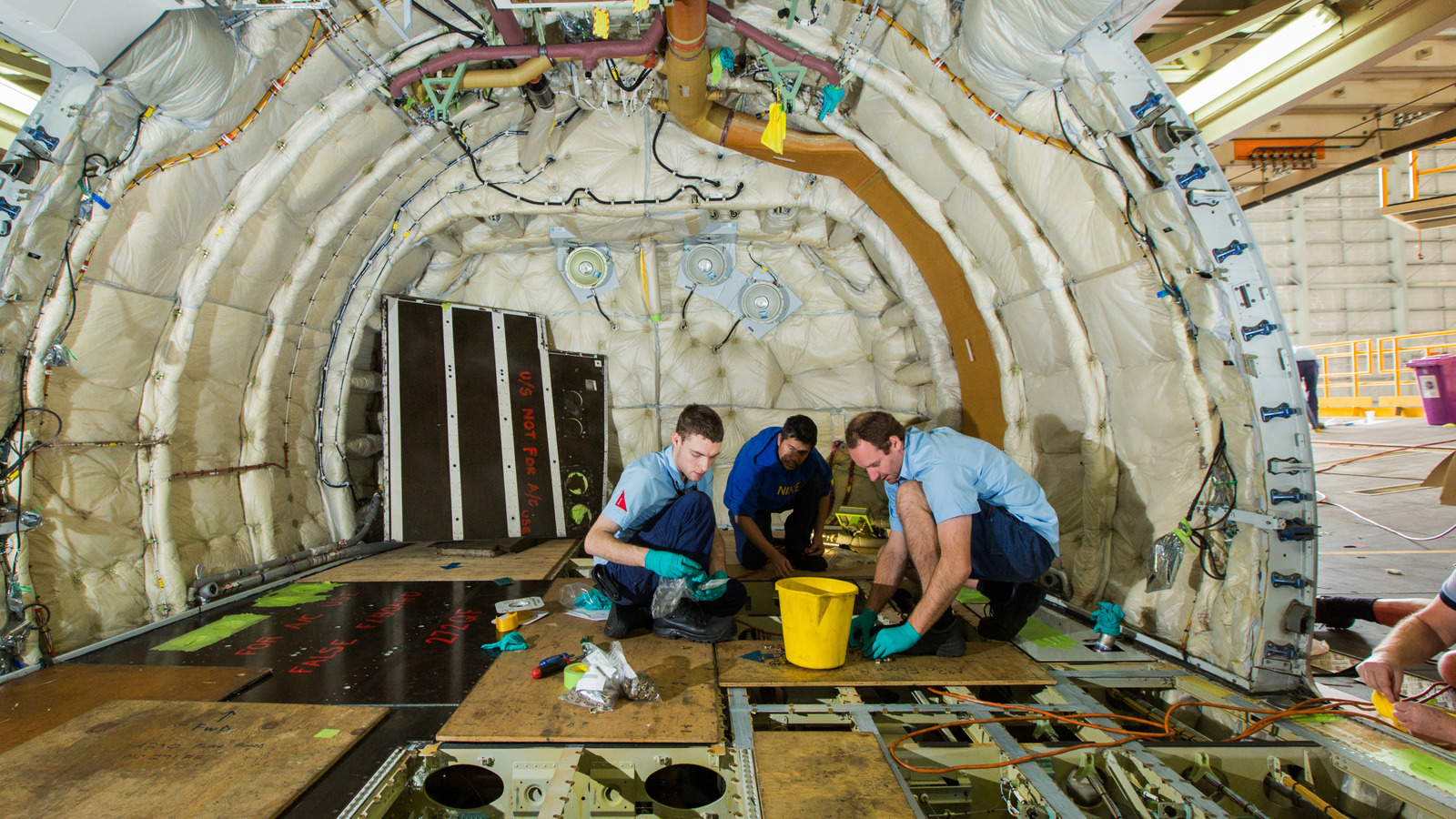





































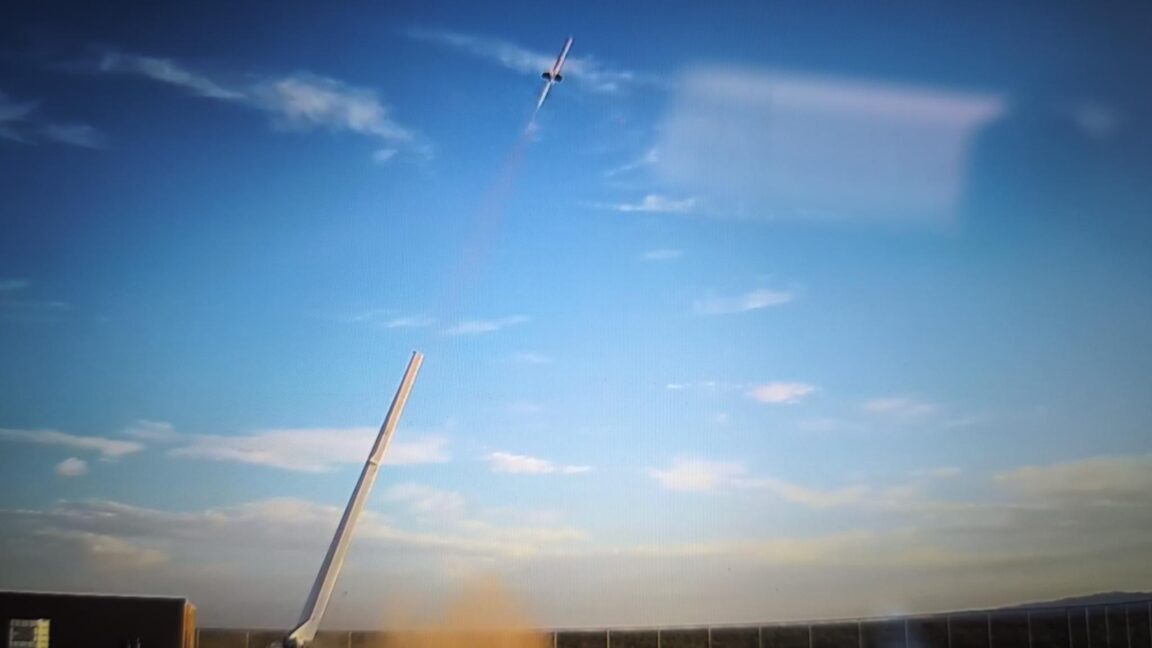

-xl.jpg)
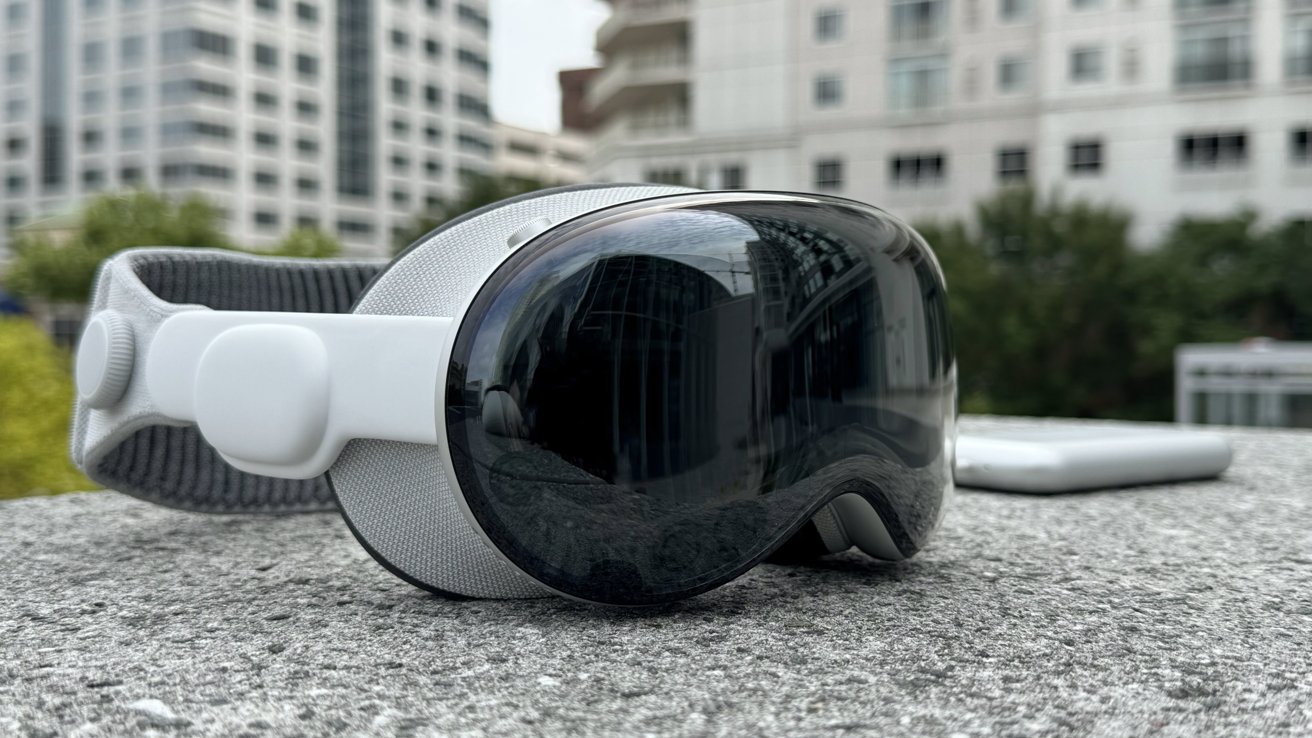





![[Open Thread] Android 16 is just weeks away, but has it met your early expectations?](https://www.androidauthority.com/wp-content/uploads/2025/03/android-16-logo-outside-hero-1-scaled.jpeg)























![Vision Pro May Soon Let You Scroll With Your Eyes [Report]](https://www.iclarified.com/images/news/97324/97324/97324-640.jpg)
![Apple's 20th Anniversary iPhone May Feature Bezel-Free Display, AI Memory, Silicon Anode Battery [Report]](https://www.iclarified.com/images/news/97323/97323/97323-640.jpg)

















